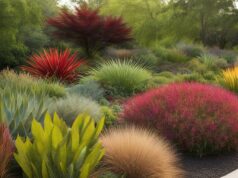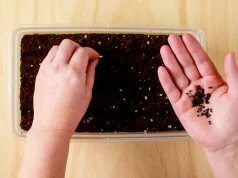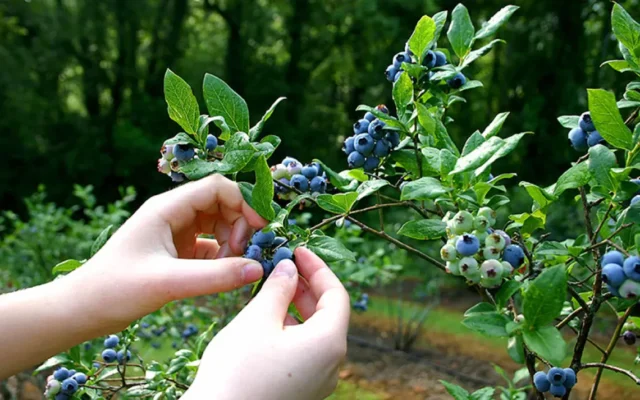
Foraging presents a multitude of benefits that extend beyond the mere acquisition of food.
First and foremost, it provides access to fresh, organic, and nutrient-rich ingredients. Wild plants are often denser in vitamins, minerals, and antioxidants compared to their cultivated counterparts. Incorporating these wild foods into our diets can enhance our overall health and well-being.
Additionally, it offers economic advantages. Instead of relying solely on grocery stores, foragers can source free, natural resources from their surroundings. This reduces our dependence on commercial agriculture and minimizes our ecological footprint. By consuming locally sourced wild foods, we support sustainable practices and reduce the need for long-distance transportation, packaging, and chemical inputs.
Safety First: Essential Guidelines for Safe Foraging Practices
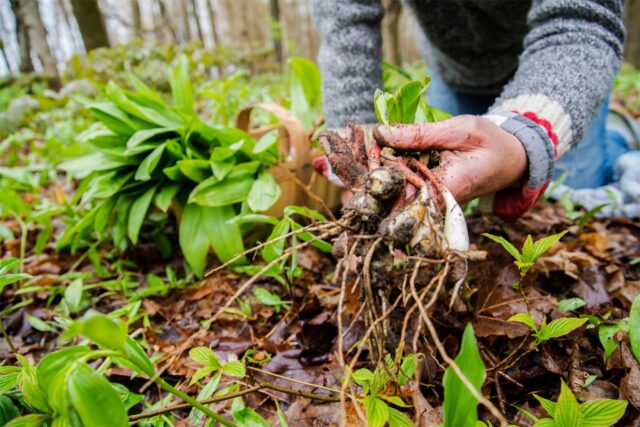
While foraging can be a fulfilling and rewarding experience, it is crucial to prioritize safety. Familiarize yourself with these essential guidelines to ensure a positive and secure foraging adventure:
- Educate Yourself: Invest time in learning about local flora, edible plants, and toxic look-alikes. Attend workshops, join foraging groups, or consult reputable field guides to enhance your knowledge.
- Location Matters: Choose foraging sites wisely. Avoid areas contaminated by pollutants or pesticides, and respect private property rights. National parks, forests, and nature reserves often provide suitable habitats for foraging.
- Leave No Trace: Practice sustainable foraging by minimizing your impact on the environment. Harvest selectively, taking only what you need, and leave enough behind for wildlife and the ecosystem to thrive.
- Be Cautious: Exercise caution when sampling new plants. Use reliable identification methods, cross-referencing multiple sources. If in doubt, seek guidance from experienced foragers or experts.
Edible Mushrooms: Unveiling the World of Fungi Delicacies
Mushrooms hold a captivating allure for foragers, boasting a vast array of flavors, textures, and medicinal properties. However, caution is essential when it comes to mushroom foraging, as some species can be highly toxic. Here are a few common edible mushrooms to look out for:
- Morels: These prized mushrooms are known for their distinctive honeycomb-like caps and earthy flavor. They can be found in spring and are often found near deciduous trees.
- Chanterelles: With their vibrant yellow color and delicate, trumpet-shaped caps, chanterelles are a highly sought-after species. They have a fruity aroma and a mild, nutty taste.
- Shiitakes: Widely cultivated but also found in the wild, shiitake mushrooms have a meaty texture and a rich, umami flavor. Look for them on fallen logs or decaying wood.
- Hen-of-the-Woods: Also known as maitake, this mushroom forms large, frilly clusters that resemble the fluffed feathers of a hen. It has a robust flavor and is often used in savory dishes.
Are you dreaming of a full experience with a great foraging journey and the most memorable stay in nature? Visit Forage SF and your experience can start today! Immerse yourself in the wonders of foraging with their expert guides, who will lead you through pristine wilderness areas, sharing their knowledge and passion for the natural world.
Wild Berries and Fruits: Locating Natural Sweet Treats
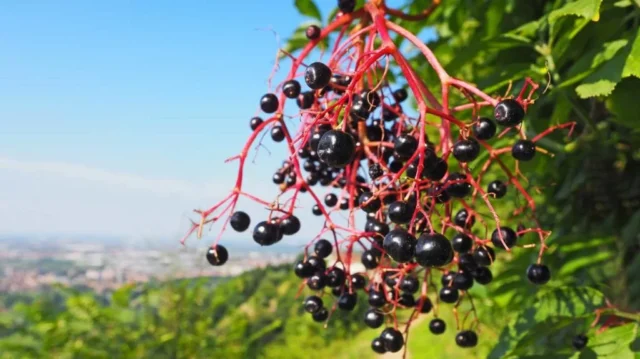
The discovery of wild berries and fruits during a foraging expedition can be a delightful and delicious experience. Nature provides a diverse range of luscious treasures just waiting to be picked. Here are a few examples of wild berries and fruits you might encounter:
- Blackberries: These juicy, dark purple berries grow abundantly in hedgerows, along forest edges, and in open fields. Their sweet-tart flavor and versatility make them a favorite for jams, pies, and fresh snacking.
- Raspberries: Whether red, black, or golden, raspberries are a delightful find. Look for them in sunny spots, particularly near water sources. Their delicate flavor and vibrant color make them a perfect addition to desserts and breakfast dishes.
- Wild Strawberries: These tiny, intensely flavored berries pack a punch. Seek them out in grassy areas, woodlands, or even alpine regions. Their aroma and sweetness make them a true gem to savor.
- Elderberries: Deep purple elderberries are often found in moist areas or near waterways. They have a rich, tart flavor and are commonly used in syrups, jams, and wines. However, it’s important to note that elderberries must be cooked before consumption to remove any potential toxicity.
Nuts and Seeds: Harvesting Nutritious Snacks from the Wilderness
When autumn arrives, the forest floor becomes a treasure trove of nuts and seeds, offering a nourishing and energy-dense food source. Here are a few examples of wild nuts and seeds you might encounter during your foraging journey:
- Acorns: Found on oak trees, acorns are a staple food for many animals and can also be enjoyed by humans. They require processing to remove their bitter tannins before consumption. Once prepared, they can be used in various recipes, including bread, porridge, and even coffee substitutes.
- Chestnuts: Prized for their rich, sweet flavor, chestnuts are a beloved seasonal treat. Look for them in forests where chestnut trees thrive. Roasting them brings out their natural sweetness and creates a warm and comforting snack.
- Hazelnuts: Encased in a protective shell, hazelnuts can be found in clusters on shrubs and trees. They have a deliciously nutty flavor and are versatile in both sweet and savory dishes.
- Pine Nuts: These small seeds, nestled within the cones of pine trees, are prized for their buttery flavor. They are commonly used in Mediterranean cuisine, particularly in dishes like pesto.
Medicinal Plants: Uncovering the Healing Properties of Wild Herbs
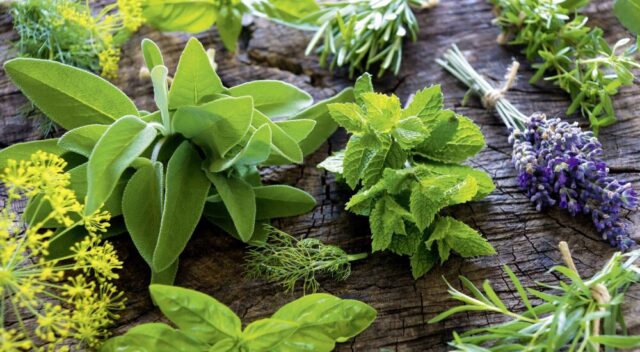
Foraging not only provides opportunities for culinary exploration but also unlocks the potential of nature’s pharmacy. Many wild herbs and plants possess medicinal properties that have been used for centuries to promote health and well-being. Here are a few examples of medicinal plants you can discover while foraging:
- Stinging Nettle: Despite its prickly reputation, stinging nettle offers a host of health benefits. It is rich in vitamins, minerals, and antioxidants, and can be used to make nourishing teas, soups, or infused oils that support healthy skin and hair.
- Echinacea: Known for its immune-boosting properties, echinacea is a beautiful flowering plant that can be found in meadows and prairies. Its roots and flowers are often used in herbal remedies to support the body’s natural defenses.
- Chamomile: With its calming and soothing effects, chamomile is a popular herb for promoting relaxation and aiding sleep. Its dainty white flowers can be gathered and dried to make a fragrant and calming tea.
- Mullein: Recognizable by its tall, fuzzy leaves and vibrant yellow flowers, mullein has long been used to alleviate respiratory ailments such as coughs and congestion. Its leaves can be brewed into teas or used to make soothing herbal poultices.
Conclusion
In conclusion, the art of foraging opens up a world of exploration, connecting us with nature’s abundant offerings. So, step into the woods, embrace the wonders of foraging, and let nature be your guide.

